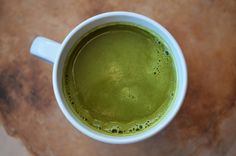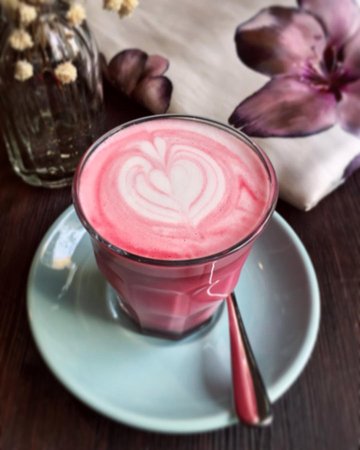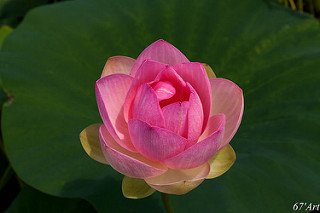Also...
Syrian Rue.
But I heard it can make one nauseous as it is a naturally occurring MAOi.
So maybe keep it off the menu?
Peganum harmala | Syrian rue | Extract | Esfand | Harmine | Harmaline
Besides the whole Peganum harmala seeds, we offer you a wide variety of extracts. Please note that our 98% extracts contain harmine only. Our Full Spectrum 96% contains 50.5% harmine and 45.2% harmaline. The extracts are made in a professional laboratory.
This succulent, bright green plant is blessed with a density of leaves that grows on a root that survives year after year. A quick glance at the plant will make the observer to conclude that it is bushy and can barely grow two feet tall. Its branches that have a smooth texture can spread up to 4 feet and has got leaves which average at two feet long produced individually and segregated into segments that are long and narrow. It also has got a beautiful white flower that blossoms in June and August and decorates the whole bright green mass of the plant. Due to its appearance, it is commonly known as Syrian Rue due to its resemblance to the unrelated Rue plant. The plant is believed to originate from Iran and in the densely populated country of India. Due to the diversity of cultures and languages, Peganum harmala has other names of identification, they include: Harmel, Esfand, Aspand, Wild Rue, Syrian Rue, African Rue, Harmed, Techepak (Ladakhi), Tukhm-i-isfand, and Uzarih (Turkish).
Holy plant
The herb grows in harsh semi-arid conditions and has been in common use throughout the globe amongst many cultures for thousands of years. As an example, in Asia the plant has been under use as a dye plant, a remedy and as a prolific aphrodisiac as well. In Iran, the plant has had a lot of religious significance. In the Holy Book of Koran being used by the Muslims as their guide book, it is documented that “
every root, every leaf of harmel, is watched over by an angel who waits for a person to come in search of healing.”
Magical plant
In the same country Iran, the seeds of Peganum harmala are burned in many quantities with the belief that it will keep misfortune at bay with the extra ability of keeping the land against the outbreak of diseases.
Moreover, the shamans of Himalayas use rue seeds as incense with magical power. The inhalation of it makes one to enter into a trance wherein they have coitus with a goddess that gives them information and powers of healing.
As a remedy it has been used to make the birthing process in women much easier and to also assist in the difficulties encountered in menstruation. In Asia, rue seeds has been used to treat stomach troubles, heart diseases and the herbage has been used to heal skin disorders. In addition, a strong decoction can be used as a tranquilizer as well as an antibiotic and abortifacients.
Syrian rue is POSSIBLY UNSAFE when taken by mouth in low doses.
Taking 3-4 grams of Syrian rue seeds can cause hallucinations and stimulant effects.
... Serious side effects affecting the nervous system, heart, liver, and kidneys, as well as death, have been reported in people who consumed high amounts of Syrian rue seeds.




